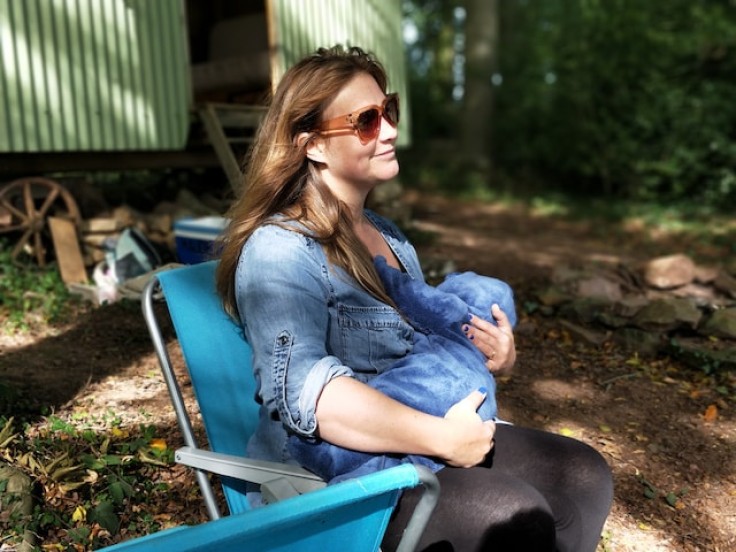
Breastfeeding is a beautiful journey, but it can come with its own set of challenges, one of which is thrush. The fungus Candida albicans causes thrush, a common yeast infection that can affect both the mother and the infant while breastfeeding. It can be uncomfortable and sometimes painful, but with the right management strategies, it is possible to alleviate symptoms and continue breastfeeding successfully. This article provides essential tips and tricks for managing thrush symptoms while breastfeeding.
Understanding Thrush in Breastfeeding
Thrush typically manifests as sore, itchy, and sometimes red nipples in mothers, white patches in the baby's mouth, or a diaper rash. It's important to treat both mother and baby simultaneously to prevent recurring infections. Understanding the signs and seeking prompt treatment is crucial for a quick recovery.
Dietary Adjustments to Combat Thrush
- Reduce Sugar Intake: Candida thrives on sugar. Reducing sugar and refined carbohydrates in your diet can help limit the fungus's growth.
- Probiotics: Including probiotic-rich foods like yogurt, kefir, and fermented foods can help restore the body's natural bacterial balance, countering the overgrowth of Candida.
- Garlic and coconut oil both have antifungal properties. Incorporating them into your diet can help fight the infection.
Breastfeeding Practices to Manage Thrush
- Proper Latching: Ensuring your baby has a proper latch reduces nipple damage and the risk of thrush.
- Breast Hygiene: Keep your breasts dry and clean. Moist environments promote fungal growth. Consider using absorbent breast pads and changing them frequently.
- Varied Feeding Positions: Changing breastfeeding positions can help prevent constant pressure on the same areas of your breasts, reducing soreness and irritation.
Home Remedies and Over-the-Counter Solutions
- Topical Treatments: Applying antifungal creams prescribed by your healthcare provider can effectively treat thrush. Natural remedies like diluted apple cider vinegar or coconut oil can also provide relief.
- Gentian Violet: This is a traditional remedy for thrush, but it should be used with caution and under medical advice, as it can be messy and potentially harmful in high concentrations.
- Air Exposure: Letting your breasts air dry after feeding can reduce moisture, which is conducive to fungal growth.
Medical Treatment and Consultation
If symptoms persist, it's crucial to consult a healthcare provider. They may prescribe oral antifungal medication for you and your baby. It's important to complete the full course of treatment to prevent a recurrence.
Preventing Thrush Recurrence
- Sterilize Feeding Equipment: Regularly sterilize bottles, pacifiers, and breast pump parts to prevent the spread of the fungus.
- Wash Clothing and Linens: Wash bras, breast pads, and baby's clothing in hot water to kill any lingering yeast spores.
- Breastfeeding Hygiene: Wash your hands before and after feeding or applying any creams to your breasts.
Thrush can be a challenging aspect of breastfeeding, but it's manageable with the right approach. By adopting proper breastfeeding techniques, maintaining good hygiene, making dietary changes, and using appropriate remedies, you can effectively manage thrush symptoms. Remember, it's important to treat both mother and baby to prevent cross-infection. If you have concerns or if symptoms worsen, don't hesitate to seek medical advice. With patience and care, you can continue your breastfeeding journey comfortably.
Read also: Real Support for Breastfeeding Moms: A Look at Momcozy's Upcoming World Breastfeeding Week Event